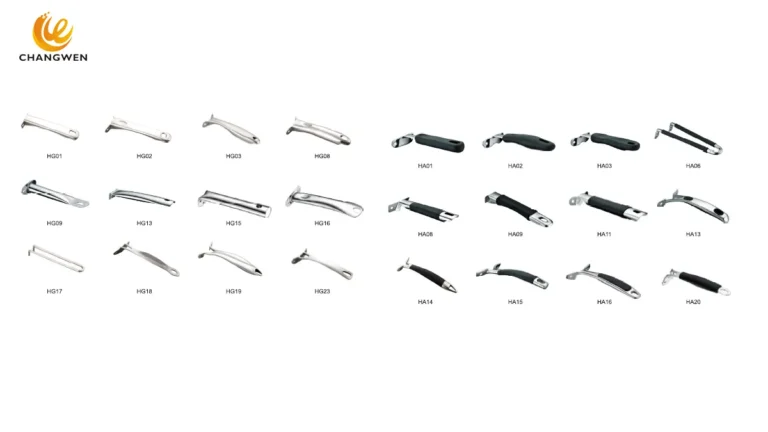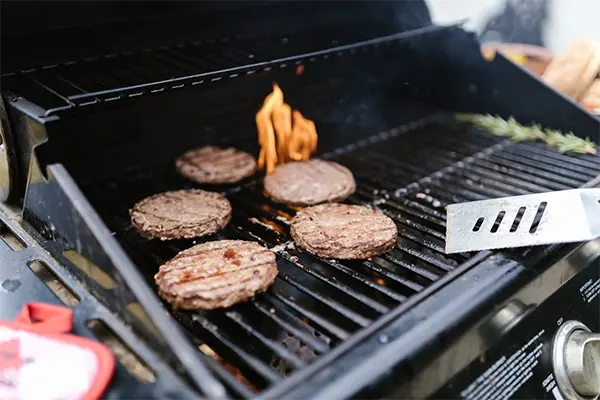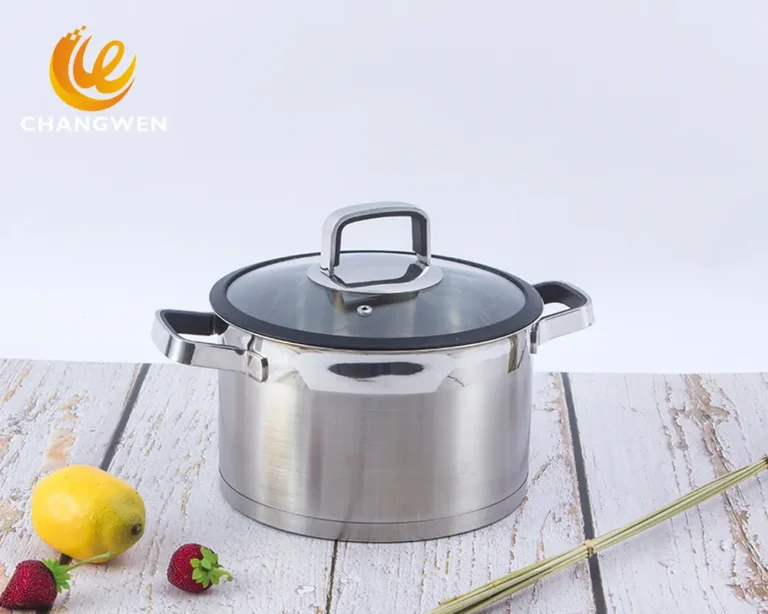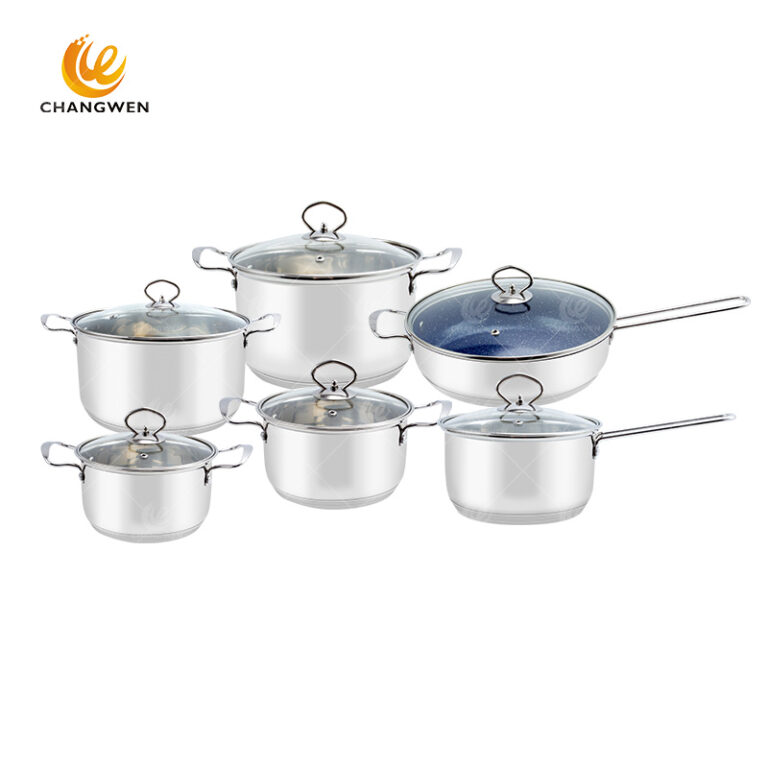Innovative Materials in Cookware Manufacturing
The cookware industry continues to evolve with the introduction of cutting-edge materials designed to enhance cooking performance, safety, and sustainability. As a cookware manufacturer, it’s paramount to stay ahead of these trends to meet consumer demand and improve the overall culinary experience. This article explores some of the most innovative materials currently shaping cookware manufacturing.
1. Ceramic Coatings
Ceramic coatings have been gaining popularity as a non-toxic alternative to traditional non-stick surfaces. Made from natural minerals, ceramic coatings are free from PTFE and PFOA, making them an eco-friendly option. They offer excellent heat resistance, scratch resistance, and non-stick properties, ensuring that food cooks evenly and releases effortlessly.
2. Hard-Anodized Aluminum
Hard-anodized aluminum is another material making waves in the cookware industry. This material undergoes an electrolytic process to create a durable, non-reactive surface. The result is cookware that combines the lightweight and excellent heat conduction properties of aluminum with the strength and scratch resistance of anodized finishes. This makes it a versatile option for home chefs and professional kitchens.
3. Stainless Steel with Copper or Aluminum Cores
Stainless steel remains a staple in cookware manufacturing due to its durability, resistance to corrosion, and sleek appearance. However, innovative designs are now incorporating copper or aluminum cores within stainless steel cookware to enhance heat distribution. Copper and aluminum are both excellent conductors of heat, ensuring even cooking without hot spots while maintaining the easy maintenance and longevity of stainless steel.
4. Tri-ply and Multi-ply Construction
Continuing from the previous trend, tri-ply and multi-ply constructions are becoming increasingly popular. These cookware pieces typically feature layers of different materials bonded together. For example, a tri-ply pan might have an aluminum core sandwiched between layers of stainless steel. This combination allows for superior heat conduction and retention, resulting in more consistent cooking results.
5. Non-Stick Silicone Coatings
While ceramic coatings are gaining traction, non-stick silicone coatings are also making their mark. These coatings are derived from sand and offer a superb non-stick surface without the need for oils or fats. They are also safe at high temperatures and resistant to scratches, making them an ideal choice for health-conscious consumers seeking versatility and ease of use.
6. Carbon Steel
Carbon steel is a versatile material that marries the best qualities of cast iron and stainless steel. It boasts excellent heat retention and searing capabilities similar to cast iron, but is lighter and easier to handle. Carbon steel is also responsive to temperature changes, making it a favorite among professional chefs who need precision cooking. Over time, carbon steel develops a natural non-stick patina, further enhancing its cooking performance.
7. Sustainable Materials
As sustainability becomes more critical to consumers, cookware manufacturers are exploring eco-friendly materials and production methods. Recycled and upcycled materials are being used to create sustainable cookware options. Additionally, natural materials such as bamboo and biodegradable polymers are being incorporated into handles and accessories, reducing the overall environmental impact.
8. Graphene-Infused Cookware
One of the most exciting developments in recent years is the introduction of graphene-infused cookware. Graphene, a single layer of carbon atoms arranged in a hexagonal lattice, is known for its incredible strength and heat conductivity. Cookware infused with graphene offers unparalleled durability, even heat distribution, and an ultra-slick non-stick surface. While still in its early stages, this material has the potential to revolutionize the industry.
Conclusion
The future of cookware manufacturing lies in the innovative use of materials that enhance performance, safety, and sustainability. From ceramic coatings and hard-anodized aluminum to tri-ply construction and graphene-infused cookware, these advancements are setting new standards in the industry. By embracing these materials, manufacturers can not only meet the evolving needs of consumers but also lead the market with high-quality, cutting-edge products.







